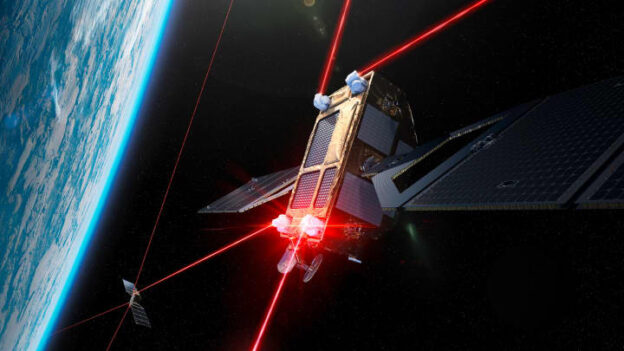Elon Musk remains a polarizing figure globally, evoking strong opinions across social media and beyond. While some accuse him of interfering in the US election and others question the legality of his early career activities in America, criticisms also extend to claims that Tesla’s latest products are little more than vaporware.
Despite these controversies, one aspect of his career stands indisputably successful. SpaceX is an unparalleled success story. Valued at over $200 billion, SpaceX is the most valuable private space company globally, leading space innovation with several groundbreaking achievements.
SpaceX’s Falcon 9 rockets have drastically reduced the cost of space transportation. Thanks to their reusable technology, they have boasted over 330 successful launches and landings to date.
The company’s Starlink project is revolutionizing global internet coverage with a constellation that ensures high-speed connectivity worldwide. In collaboration with NASA, SpaceX has enhanced its technological capabilities and embarked on missions pushing human space boundaries, including developing a human lander for the Artemis lunar missions.
With firsts like the first privately crewed mission to the International Space Station in 2020, the first all-civilian orbital flight in 2021, and the launch of the most powerful rocket ever in 2023, SpaceX continues to forge ahead.
As the company advances from designing groundbreaking space tech to planning interplanetary settlements, a pivotal question arises: Has Elon Musk shifted the trajectory of the space race in his favor, or is space still a vast frontier of untapped potential?
Starship’s monumental fifth launch that redefined space travel
On October 13, SpaceX achieved a historic milestone by launching Starship, the most powerful rocket ever constructed, which soared into the skies for its fifth mission. Minutes post-launch, the event witnessed an engineering marvel as the Super Heavy booster, a colossal structure as high as a 20-story building, executed a controlled descent back to Earth. Engaging three of its 33 Raptor engines for a descent burn, the booster made a dramatic return, condensation trailing in its wake.
Mechazilla: The rocket-catching giant
Mechazilla, a 400-foot tall rocket-catching tower equipped with two massive mechanical arms, facilitated the precise landing, colloquially known as “chopsticks.” These arms successfully caught the Super Heavy booster, preventing a ground impact and enabling the booster’s reusability.
This innovative catch mechanism is pivotal for reducing the rocket’s overall mass by eliminating the need for heavy landing legs, thereby increasing payload capacity.
Mass reduction and increased payload efficiency
The elimination of traditional landing legs from the Super Heavy booster significantly reduces weight, allowing for greater payload capacity, a crucial advantage given Starship’s ambitions for interplanetary missions.
For context, the removed landing legs would have added several tons to the vehicle, similar to the Falcon 9’s landing legs, constituting about 8% of its total mass. Without these, Starship, towering at 397 feet (121 meters), supports a more substantial payload, leveraging its capacity to the fullest.
The Starship system, including its Super Heavy booster, requires over 10 million pounds of fuel, consisting of liquid oxygen and methane, to thrust itself beyond Earth’s atmosphere.
https://www.yahoo.com/news/spacex-elon-musk-200-billion-131856940.html





